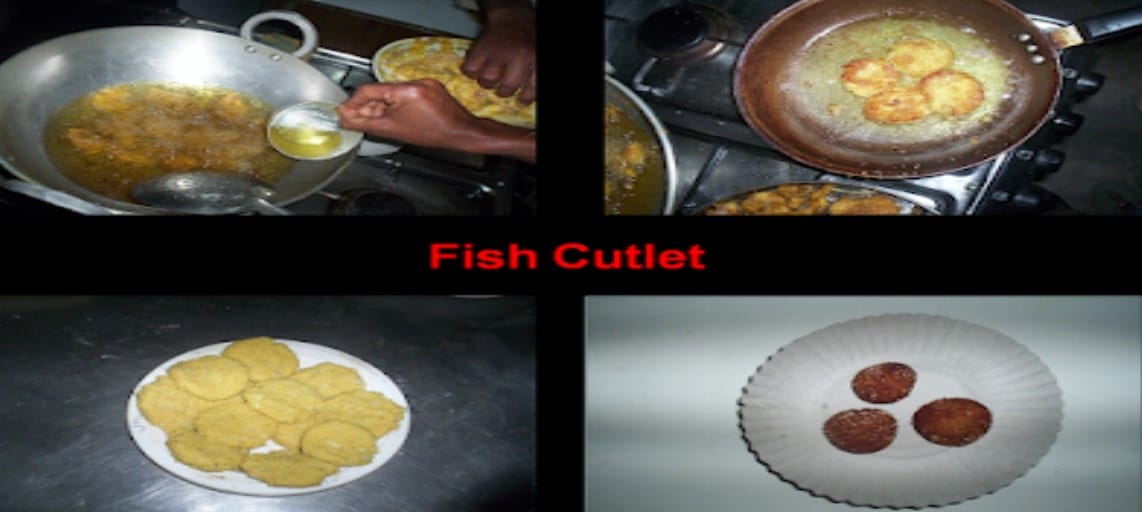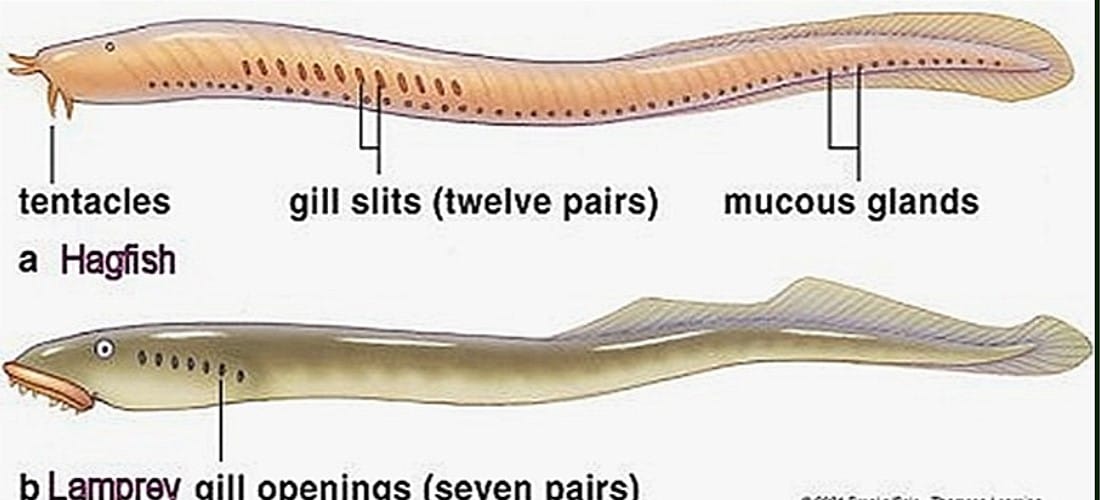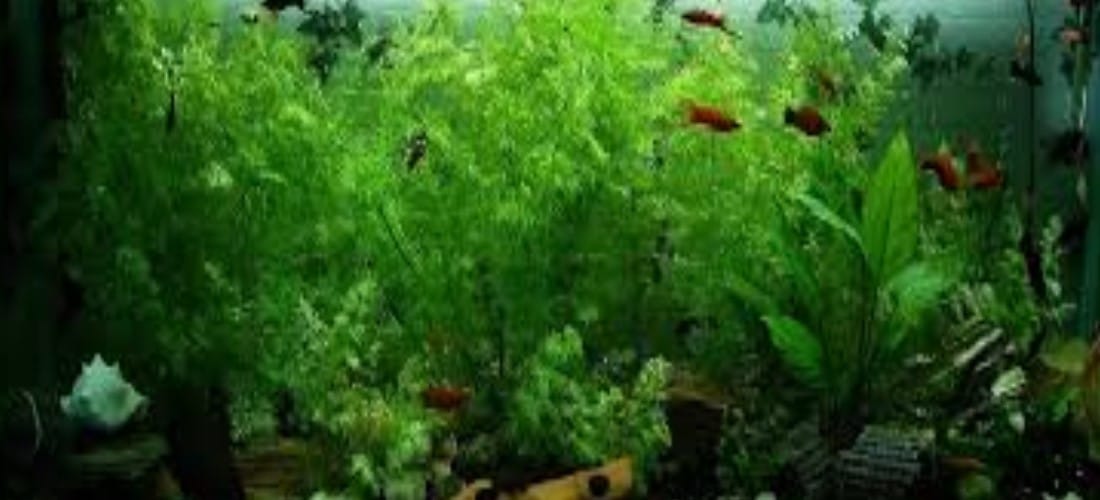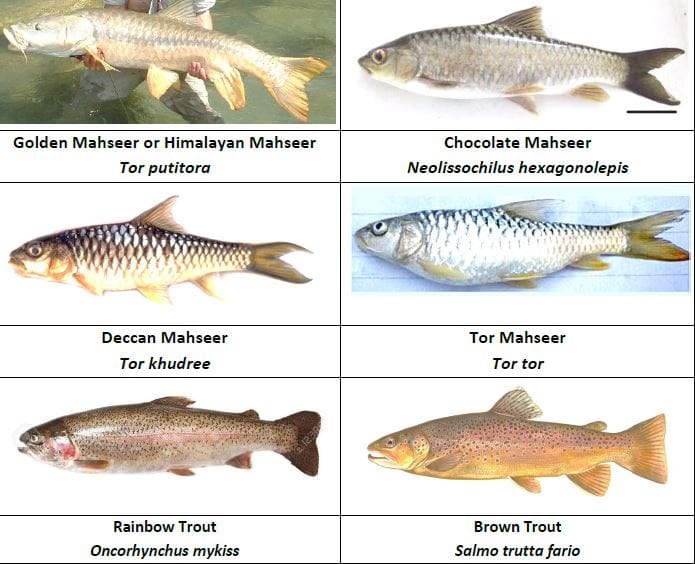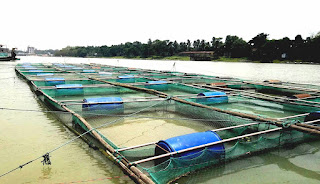Pisces: The series Pisces (L., piscis = fish) of the truly jawed vertebrates (Gnathostomata) includes all the fishes which are essential aquatic forms with paired fins for swimming and gills for respiration. we will understand the general characters and classification of fishes upto orders.
General Characters of Series Pisces
- They are aquatic, marine and freshwater, herbivorous, carnivorous and omnivorous feeding habit, cold-blooded.
- Body usually spindle-shaped, streamlined and differentiated into head, trunk and tail. A neck is absent.
- Locomotion by paired pectoral and pelvic fins along with unpaired median dorsal, caudal and anal fins, supported by true dermal fin rays. Muscular tail used in propulsion.
- Exoskeleton of dermal scales, denticles or bony plates covering body surface.
- Endoskeleton cartilaginous or bony. Jaws are hinged.
- Notochord more or less replaced by true vertebrae.
- Muscles arranged into segments called myotomes, with separate dorsal and ventral parts.
- Alimentary canal with definite stomach and pancreas and terminates into cloaca or anus,
- Respiration by gills. Gill-slits 5 to 7 pairs, naked or covered by an operculum.
- Heart 2-chambered (1 auricle, 1 ventricle) and venous or single circuit. Sinus venosus and renal and portal systems present.
- Erythrocytes nucleated. Poikilothermous.
- Kidneys mesonephric. Excretion ureotelic.
- Brain with usual 5 parts. Cranial nerves 10 pairs.
- Paired nasal sacs do not open into mouth. Tympanic cavity and ear ossicles lacking. Internal ear with 3 semicircular canals. Lateral line system well developed.
- Sexes separate. Gonads typically paired. Gonoducts open into cloaca or independently.
- Fertilization internal or external. Female oviparous or ovoviviparous.
- Eggs large with much yolk. Extraembryonic membranes absent.
- Development usually direct without or with little mettfh’or phosis.
Outline Classification up to order level with Examples
First scientific classification of the lower vertebrates was given by J. Muller (1844). He divided ‘Pisces’ into six Sub- Classes Dipnoi, Teleosti, Ganoidei, Elasmobranchii, Marsipobranchii (Cyclostomi) and Leptocardii (Amphioxini). Agasslz (1857) separated lampreys and hagfishes into a separate class Myzonets, Pisces, Ganoidei, and Sellachii. Boulenger (1904) divided the Teleostean fishes into thirteen orders. Since then a number of systems of classification have been propounded [ Gunther (1859-1870), Day (1878-1889), Regan (1906-1929), Jorden (1923), Goodrich (1930), Berg (1940), Grasse (1958), Romer (1959), Nikol’skii (1962) and Greenwood et al. (1966)]. Regan (1906-1929) had given an elaborate and widely accepted classification of fishes. Jorden (1923) divides fish like vertebrates into six classes. Among the more recent authors Goodrich (1930), Berg (1940), Grasse (1958), Romer (1959), Nikol’skii (1962) and Greenwood et al. (1966) have proposed a new scheme of classifying and teleostean fishes in detail. The system of classification by Berg (1940) is adopted here largely. According to him the Pisces or fishes are placed under the following scheme of classification.
Phylum – Vertebrata
Sub-phylum – Craniata
Super-class – Gnathostomata
Series – Pisces
The series Pisces is divided in to seven classes (Berg, 1940) as below.
- Pterichthys
- Coccostei
- Acanthodii
- Holocephali
- Elasmobranchii
- Dipnoi
- Teleostomi
The class Teleostomi is further divided in to two sub classes as Actinopterygii and Crossopterygii i. e Ray fined fishes and lobed fin fishes respectively.
Out of the classes mentioned above, the first three classes (Pterichthyes, Coccostei and Acanthodii) are completely extinct and are collectively termed as Placoderms. The living forms are grouped under the four-reaming classes of the above scheme. The Elasmobranchii, Holocephali and Dipnoi are not considered in this text.
Fishes exhibit a number of specialized features, which distinguish them from the other groups of animals very easily. The fishes are purely aquatic and cold-blooded vertebrates that breathe by means of gills. They are devoid of a typical lung and take their oxygen supply from water through gills. They live in almost every place where there is water. They are having fins, the appendages that help them in swimming and balancing their bodies. The fins are paired and unpaired supported by soft or spiny rays. Dorsal, Caudal and the anal fins are unpaired while the pectorals and the pelvic (ventral) are paired. The skin is usually covered with scales and is profusely coated with mucus. Some are without scale .The internal ears is present. Peculiar sense organs are found scattered on the head and on the lateral sides of the body to relate them to watery condition of current heat pressure and electromagnetic waves. They constitute economically a very important group of animals. Besides being used as food, fish liver oil is an important source of oil containing vitamins A and D. fish body oil is extensively used in soap industry and tanning. Fishes also yield fish meal, fish manure, isinglass and several other products of commercial importance. Most fishes are oviparous but some of them also are viviparous or ovoviviparous. In some of the fishes the parental care is also observed.
Thus the fish can be defined as a group of cold-blooded aquatic, gnathostomous vertebrates, which breathe by means of branchial gills and locomotion is carried by means of fins.
CLASS- ELASMOBRANCHII
Endoskeleton cartilaginous, skull without cranial sutures gill pouch like and attached by their outer edge to the skin, whilst an intervening gill opening exits between each five pairs of lateral or ventral
CLASS- TELEOSTOMI
Endoskeleton bony, skull possessing cranial bones vertebrate completely separated and the posterior extremity of the vertebral column bony or having bony plates. Branchiostegeal rays present. A pair of lateral gill opening as a single ventral slit or non-confluent as two lateral slits with operculum,
The class Teleostomi is divided into two subclasses.
- Crossopterygii (Lobe fin fishes)
- Actinopterygii (Ray fin fishes)
Subclass Crossopterygii (Lobe fin fishes)
Paired fins with a scale covered lobe and supported by an endoskeleton consisting of a jointed median axis with radials on each side. The scales are Cosmoid or cycloid type. Internal nostrils are present. Dorsal fins are two in number. The jugal sensory canal traverses squamosal. This subclass has no Indian representative Ex. Latimeria.
Subclass Actinopterygii (Ray fin fishes)
Paired fins are without muscular lobes. The radials of the fins are not arranged biserally. Internal nostrils are absent. Scales are not of Cosmoid type. Squamosal and jugal sensory canals are absent.
Subclass Actinopterygii sometimes is divided into two groups Chondrostei and Holostei (Goodrich, 1909) he included in Holostei both, Holostei and Teleostei stensio (1932) divided it into three groups Viz. Chondrostei, Holostei and Teleostei. Regan (1929) divided the subclass Actinopterygii into two groups; Palaeopterygii (corresponding to Chondrostei) and Neopterygii (corresponding to Holostei and Teleostei). However the work of Stensio (1932) has shown that the Chondrostei gradually passes into Holostei and they can be separated from each other only artificially. Similarly, it is not possible to clearly differentiate Holostei from the Teleostei. Hence according to Berg (1940), if both the living and fossils forms are taken into consideration, the division of Actinopterygii into Chondrostei, Holostei and Teleostei becomes artificial. Berg has therefore abolished these three groups and divided the Actinopterygii into a series of orders. In the following text only seven orders are taken accounts.
ORDERS OF SUBCLASS ACTINOPTERYGII
- Clupeiformes– Abdomen keeled and serrated., Barbels always absent., Head and body with small scales., Lateral line absent. It consisting suborder like Notopteroidei
Examples: Notopterus notopterus, Ntopterus chitala
2. Cypriniformes: Abdomen non-keeled (except in genus Osteobrama) if keeled non-serrated. Head scaleless body scaled or scaleless never covered by osseous plates. Barbels are generally present. The order cypriniformes includes suborder which are the cyprinoidei, siluroidei etc.
Examples: Salmophasia Sp., Ambylpharyngodon, Catla, Cirrhinus, Cyprinus, Garra, Labeo, Osteobrama Sp. Puntius Sp., Thynnichthys, Ctenopharyngodon, Tor, Barilius, Rasbora, Hypophthalmichthyes, Nemacheilus
3. Siluriformes: Body is elongated and the head is depressed, Head and body not ventrally flattened, Adipose fin is always present, dorsal and anal fins long.
Examples: Mystus Sp. Rita,, Clarias Sp., Hetropneustes fossils, Eutropichthys, Pangasius, Pseudeutropius, Wallago, Ompak, Bagarius Sp. etc.
4. Beloniformes: Both the jaws are produced to form a long beak, teeth are long and needle like, the nasal is large and meet to each other along a suture, scales are small.
Examples: Xentodon cancilia
5. Cyprinodontiformes: Head is depressed. Jaws are with teeth, barbels and lateral line are absent, fins are spineless, pelvic fins are abdominal in position.
Examples: Gambusia, Poecilia
6. Mugiliformes: Body is elongated with small to large scales, the scales may be cycloid or ctenoid, two dorsal fins are present, they are costal and estuarine fishes, some entering freshwater fishes
Examples: Mugil Sp. Rhinomugil corsula
7. Channiformes: Body is elongated, sub cylindrical anteriorly and compressed posteriorly, fins are without spines, dorsal and anal fins are long, mouth is large and protractile.
Examples: Channa Sp.
8. Perciformes: Body is oblong or elevated but very rarely elongated, usually two dorsal fins are present, scales are ctenoid or anterior cycloid.
Examples: Anabus testudineus, Glossogobius, Chanda Sp., Parambassis ranga, Badis, Oreochromis mossambica etc.
9. Mastacembeliformes: Body is elongated and eel like, dorsal, caudal and anal fins are confluent, nasals are very long and meet in the mid line, branchial openings are small and ventral in position.
Examples: Mastacembelus armatus, Macrognathus pancalus
Also Read: Edible Freshwater Fishes: Importance and Identification Characters, Indian Major Carps


